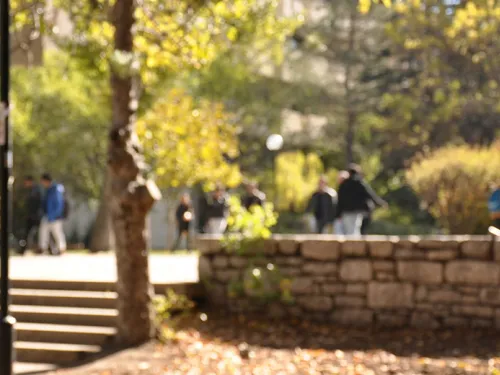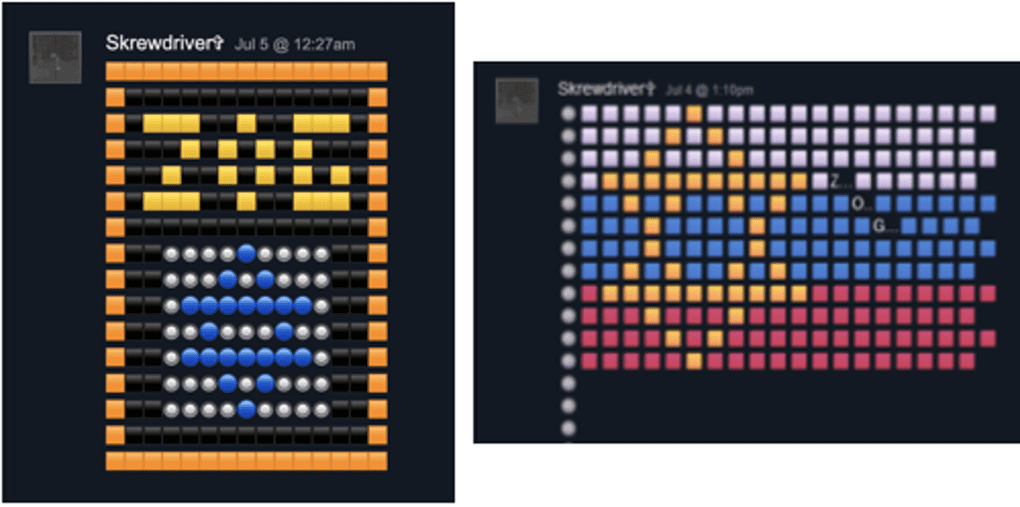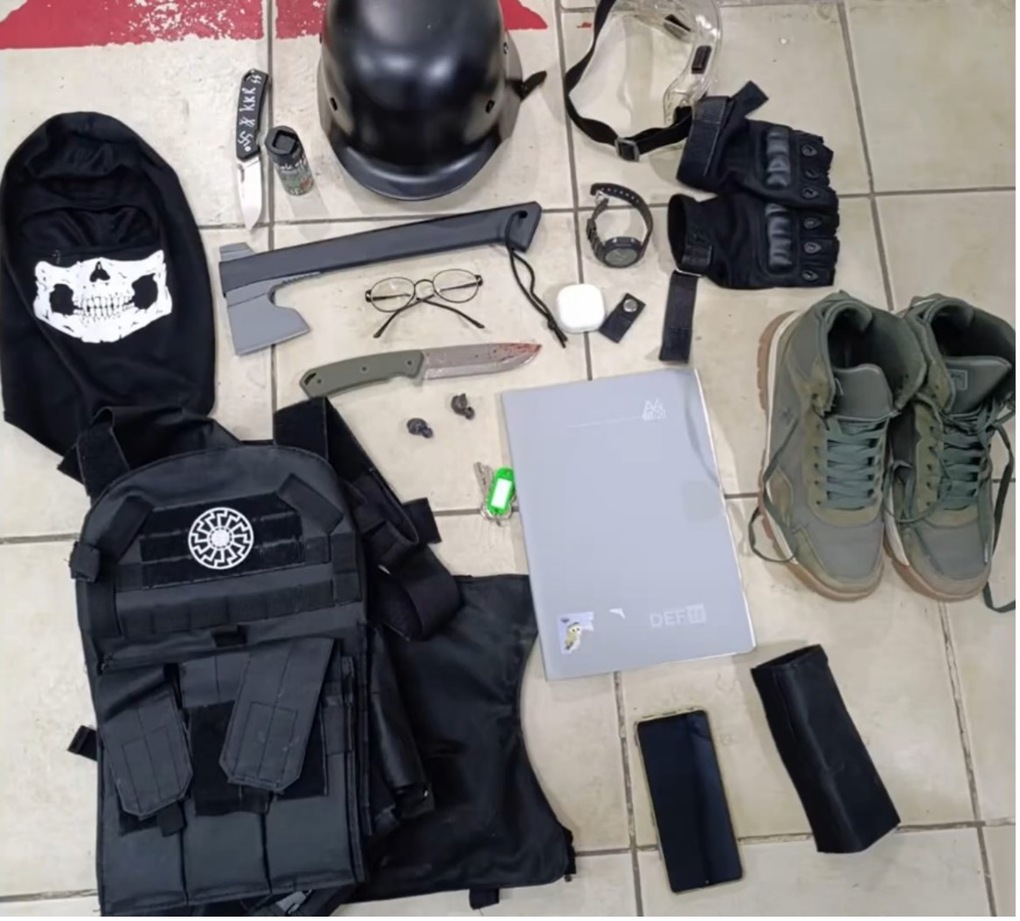
A screengrab from a video posted by the Turkish interior minister shows the 18-year-old suspect who filmed himself stabbing at least five people in the city of Eskisehir in northwestern Turkey on August 12, 2024. (Source: https://x.com/AliYerlikaya/status/1823118697696825358)












